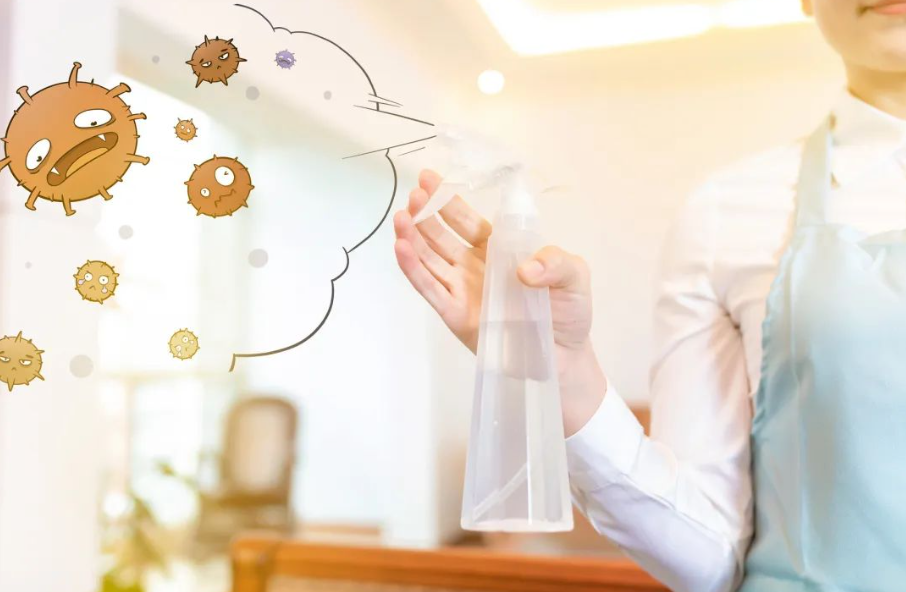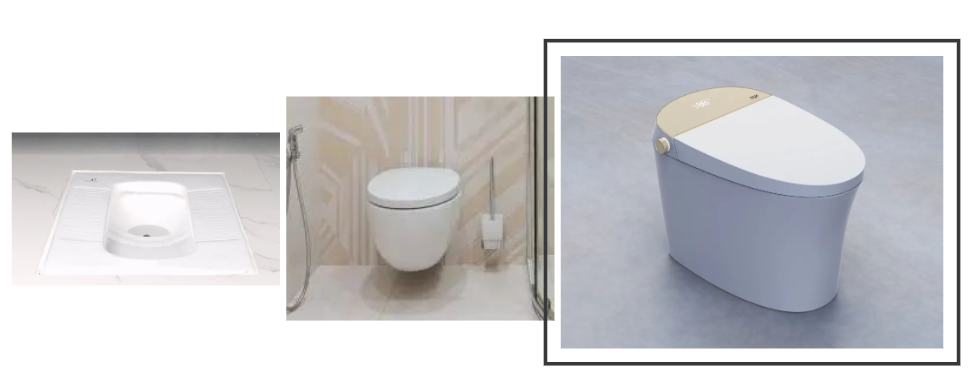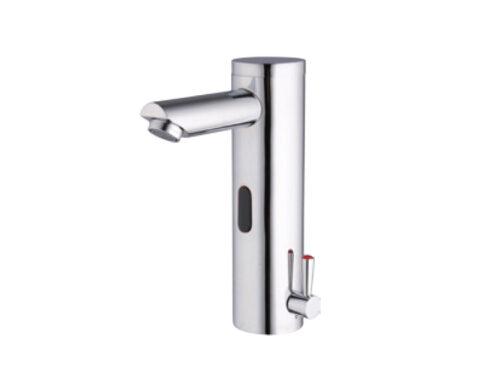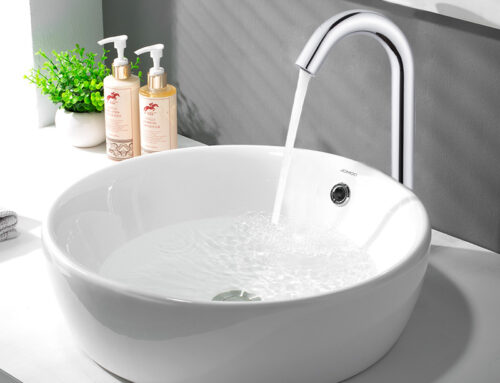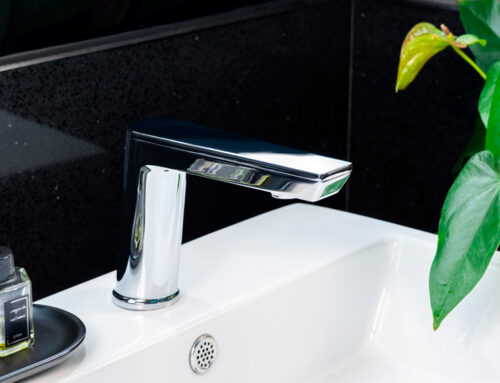Whether it is a home toilet or in a public place, all kinds of toilets are closely related to our lives. Different bathrooms, some may emit bad odor, stink, and some may bring you a comfortable experience like spring breeze. The cleanliness of the bathroom and the choice of toilet ware determine what kind of toilet experience you will have. The most basic bathroom will choose squatting toilets, followed by ordinary toilets, and most high-end places are equipped with intelligent toilets and also induction flushing valves.
Contrary to the intentions of designers or planners, many people do not like to use sitting toilets, especially in public places, even high-end smart toilets. They often think that skin-to-skin contact between toilet users is unsanitary and prone to cross-infection. But what about the facts? Is a squat toilet really cleaner than a sitting toilet?
If seen from the naked eye and daily use, after daily cleaning and finishing, it seems to be the same. But if you think about it, it may seem both are dirty, but the truth may be slightly different. Both squatting and sitting toilets produce substances that can cause pollution as they go through the toilet. Aerosols are also produced by the flow of gases produced by flushing. Studies have shown that the aerosol produced by squatting toilet flushing can rise up to 0.9 meters above the squatting toilet, and can even produce more than 290,000 particles with a diameter greater than 0.3μm. These particles, laden with viruses, bacteria or other microorganisms, remain in the bathroom and can be detected even after several days or weeks, and can not be completely eliminated by repeated cleaning.
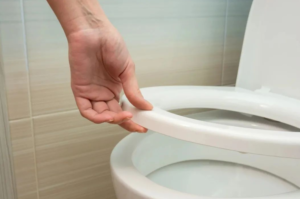
What about sitting toilets that are in closer contact with the user? After experiments with different types of toilets, the data show that up to 145,000 droplets can be produced per flush, 95% of which are less than 2 microns in diameter, and this number will be smaller if the toilet lid is covered, and it is also less easy to disperse to other areas of the toilet. In contrast to the simple experimental data, the squat toilet and the sitting toilet, who is cleaner, is self-evident.
In order to reduce the user’s cleaning and hygiene problems, many toilet manufacturers skillfully research and select antibacterial, deodorizing, easy to clean, not easy to hang dirt materials to extend and reduce the frequency of daily cleaning, while fighting against bacterial cross infection. Even many smart toilets have built-in UV sterilization, self-cleaning nozzles, overall antibacterial materials and other deep cleaning and sterilization solutions. Even after use, the toilet has become a paradise for bacteria and viruses, but through ultraviolet radiation, the bacteria will die out in less than 7 seconds. Built-in self-cleaning function can be strong and effective to eliminate hidden dangers.
If you can’t accept that the sitting toilet is a little cleaner, you can choose to pad some paper towels, or bring your own disinfection items before use. At the same time, cover and flush the toilet in time, wipe the skin with items with sterilization and disinfection effect, and don’t forget to clean your hands after using the toilet. In addition, it is the best to use non-contact automatic flushing valves. Rajeyn induction urinal and sensor toilet would be one of your best choices!
